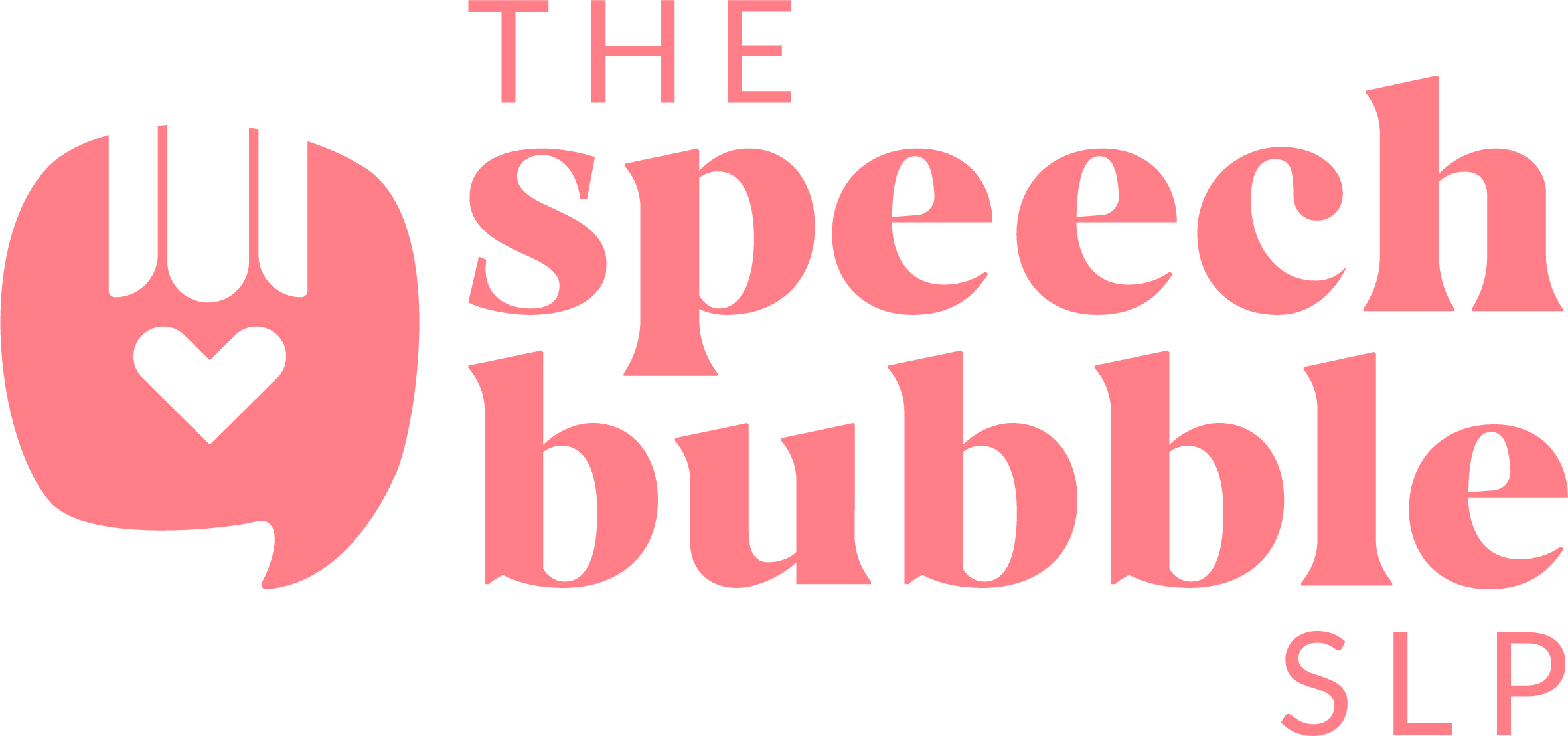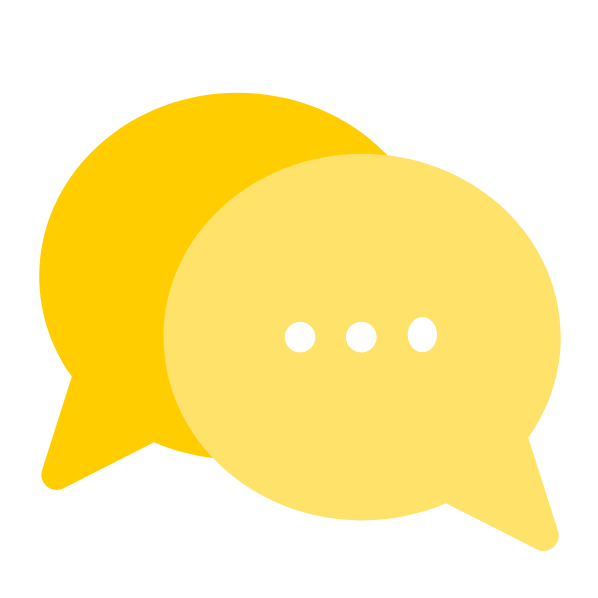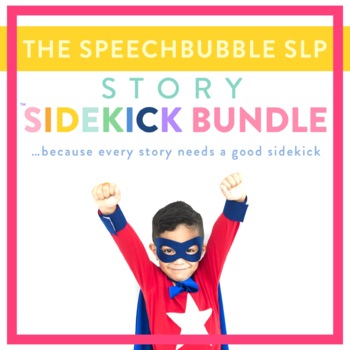Data collection: our careers revolve around it. We use numbers to determine everything from eligibility and goals, to therapy methods and billing. However, these little numbers can cause big stress. There’s so much data to track that we’re always on the hunt for the best and quickest data collection options to keep these numbers from piling up and bogging us down. So what choices do we have when it comes to data tracking? Which one is the best for you? Here’s what you need to know about the top three data collection options for speech therapy.

Tallies
Tallies are the most traditional of all data collection options, and the one that most SLPs are comfortable with. I think this has to do a lot with the fact that this is the method generally taught in graduate school. Since new SLPs usually haven’t been exposed to other data collection options, they just roll with what they know. Nothing wrong with that.
So… tally marks, dashes, pluses and minuses, or however you like to track correct and incorrect productions and responses — to use this method, simply mark it all down. Do some quick math to find your percentage of accuracy for that goal.
Is this effective? Yes, but not so efficient. Even though you’re just counting, it can take a lot of time to count all of those little marks for all the goals you targeted for all of your students. Even if you do it immediately after seeing them, it can still put you in a time crunch and leave you feeling stressed. This type of data collection is best for concrete, easy to measure goals. Objectives that have a clear yes or no outcome.
Here are some ways you can help yourself if you are a Tally Taker:
Take your data sample at the beginning of the sessions. You truly only need 5-10 trials and then you can move on. If you are trying to make sure you get X amount of trials in for practice that fine to keep track but don’t those into your data. Once you start offering corrections and guidance your data will then be skewed.
Use counters to track responses.
You need one in each hand (one for correct and one for incorrect responses/productions ) and some coordination. When you’re done, just total the numbers for your overall productions then look and see what your correct amount was. This is a lot easier on the eyes than counting little lines
Make yourself a number chart from 1-100.
Then you can just following along with their productions or responses and slash through the incorrect ones. I have a FREEBIE with this format in my store that I use for articulation data. You can check out the post about it HERE.
Using mail labels to keep track of your tallies is another options. Some folks like to take these labels then put them on a page for that particular in the student’s file after. I have also seen people put masking tape on their legs ( still using tallies ) if they need to take data while on the floor with little ones.
Rubrics
Rubrics are a quick and handy way to take data on just about any goal, but they’re especially great for hard to quantify, subjective-ish goals (aka social language goals). Using a rubric allows some flexibility in data collections, where using tally marks is pretty ridgid.
Let’s face it — not all language growth can be tracked with a plus or minus. If you’ve ever tried to take tallies on making expected comments in a classroom setting, then you know what I mean. Sure, you can try, but we can’t be there for every comment made in class, and the teacher sure doesn’t have time to take data for us to review. Rubrics allow you to quantify your observations and track the impressions of others.
I started using rubrics a few years ago for my pragmatic and other language goals and never looked back! Rubrics allow you to set ranges and levels to help track progress. I use a 1-4 for descriptive based rubrics or 1-5 for support based rubrics, with each number having an assigned percentile range or detailed description of what skill looks like at a certain level.

Rubrics are also a great choice to use if you are working on carryover or require teacher input. Teachers use rubrics all the time and are comfortable using these measures. Having something for them to look at that describes how the student may be demonstrating the skill and what rating that is tied to is a lot easier for them than simply asking, “What do you think?.
Rubrics are also typically easy for parents to understand. Sometimes traditional data can be confusing, especially if you are taking it for different levels on the same goals: e.g. percentage of accuracy with modeling, percentage of accuracy with one prompts, percentage of accuracy independently, etc … See how that can get overwhelming really fast?
Rubrics define what each level looks like and helps parents see what their children are doing to earn that score. I graph my rubric levels to help create a visual growth chart too, mainly because I like to see how they are progressing quickly and I don’t have to do any math to figure it out. Parents and teachers like it too. 😉
BONUS: If you are using a descriptive style of rubric you can use the descriptions in each level in your progress reports. Just copy and paste it into the report for quality information in seconds.
Things to Consider
- Quick and easy
- Great for social language goals, hard to quantify goals, monitoring student carryover, etc.
- Allows you to take data on previously hard to quantify goals
- Easy for teachers to utilize
- Easy for parents to understand
- Great for large caseloads or if you have large groups in sessions
- Gives a percentage range rather than a concrete percentile average
You can read more about how to use rubrics HERE. You can also check out the different rubrics available for data tracking HERE.
Progress Monitoring
So before you say it, yes, data tracking is progress monitoring, but that isn’t exactly what I am referring to here. I am talking about taking data at specific check points during your quarter/trimester/year, rather than at every session or even every week. While you’re still taking data, it can almost feel taboo because you’re not taking data as frequently. You still get information and can still track growth but not stress about documenting every single session.

Some people choose to take data once or twice a quarter to track progress. Since IEP goals are written for a year, 4-8 data points provide enough of a trend line to see longterm progress. Using the progress monitoring approach also means that you have more time to focus on therapy and your students, rather than on counting their productions. A lot of SLPs like this approach since they can think more about their clients and therapy, rather than stress about collecting data each session. Progress monitoring may be worth considering if you have a large caseload and may only be getting each student a few trials per session due to group size.
Things to Consider
- Quick and Easy
- Great for large caseloads or session groups
- Spend more time focused on therapy
- Still taking data, just not as often as with other data collection options
You can read more about progress monitoring in this post from Natalie Snyders. She also offers a very comprehensive line of progress monitoring tools you can checkout HERE.
Digital Data Collection Options
If you like your pluses and minuses but hate the paper aspect of data collection, check out SWIVEL Scheduler.
SWIVEL is a web-based ( and HIPAA compliant! ) app that allows you to enter your data digitally as it is being collected. It also automatically rotates through your kids’ goals and tells you every day, what every kid needs to work on. You take your data right on the schedule which is awesome, no toggling between kids or pages. It also does all the math for you and gives you an overall average, score from the first session ( so you have a baseline ), average from the last 3 sessions, and score of the most current session. It even generates a graph of their progress! *Data Swoon*
*SWIVEL also has the option to print, pre-genterated data collection forms but we are taking about their digital data option for now 🙂
Things to Consider:
- Saves time, especially when doing progress reports
- Allows for objective data to be taken quickly
- Easy for parents to understand
- Need to use it to get familiar with its use and layout, especially if switching from paper data.
- Saves office space since everything is saved online.
- Will take an hour or two of set up time to input all of your kids, goals, and schedules…but that is only one time.


These are just a few of the data collection options available to you as an SLP. It takes time to find what will work for you and your style. Don’t be afraid to try different methods or even combinations until you find what is going to work.



















7 Responses
I’ve always wondered how they would keep track of progress with something like speech therapy. It makes sense that a defined rubric would make things easier! That way they could see what’s expected of them as well as how they have done in the past.
I love your ideas and that you share them. So much better that all of use floundering and trying to develop On our own.
I’m here to help 🙂
Hi! Do you know of any reading/listening comprehension short passages that measure 1 skill at a time, (a few times) and are grade specific? This way I feel like I’m measuring apples to apples? Thanks!
Hi Roberta,
I have some reading comprehension screenings that you may find helpful.